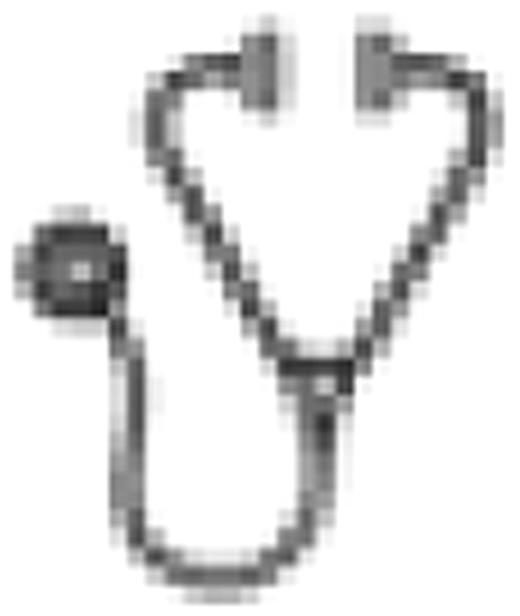Abstract
Abstract 3250
Preclinical studies of imatinib set the paradigm of continuous Bcr-Abl kinase inhibition for optimal response in chronic myeloid leukemia (CML). However, the clinical success of once daily dasatinib, despite its short serum half life, implies that intermittent inhibition of Bcr-Abl kinase activity is sufficient for clinical response. In vitro studies also demonstrated that short-term intense (≥90%) Bcr-Abl kinase inhibition triggers cell death in BCR-ABL + cell lines, demonstrating their oncogene addiction. However, the effect of short-term intense kinase inhibition on CD34+ CML progenitors is not studied. Clinical, mathematical modelling and in vitro studies suggest that leukemic stem cells (LSC) are difficult to eradicate and hence the majority of CML patients may not be cured with tyrosine kinase inhibitors (TKI). Inadequate Bcr-Abl kinase inhibition has been postulated to cause refractoriness of LSC to TKI's. This may be due to increased expression of ABCB1 and ABCG2 efflux proteins, or the quiescent state of LSC. However, the phenomenon could be independent of Bcr-Abl kinase activity. In vivo leukemic progenitors live in a cytokine rich environment which may be providing a mechanism for Bcr-Abl independent resistance. We have assessed the impact of short-term intense Bcr-Abl kinase inhibition on CML cell lines and CML CD34+ primary cells in the presence and absence of cytokines. In CML cell lines, short-term (cells were cultured with dasatinib for 30 min and following thorough drug washout, cells were recultured in drug free media for 72 hr) intense Bcr-Abl kinase inhibition with 100 nM dasatinib triggers cell death. In CML-CD34+ cells 30 min of culture with 100 nM dasatinib (n=13) or 30 μM IM (n=7) reduced the level of p-Crkl (surrogate marker of Bcr-Abl kinase activity) by 97±3% and 96±4% respectively. In the presence of either a six growth factors cocktail (6-GF; n=10) or GM-CSF (n=11) or G-CSF (n=4) alone, despite 97% inhibition of p-Crkl, short-term culture with 100 nM dasatinib (D100ST) reduced colony forming cells (CFC) by only 24%, 32% or 5%, respectively. However without cytokines, D100ST reduced CML-CD34+ CFCs by 70%. Consistent with the results observed with dasatinib, short-term culture with 30 μM imatinib (IM) (n=3) also reduced 90% CFC in the absence of cytokines but by only 38% in the presence of 6-GF. These results suggest that in CML-CD34+ cells, GM-CSF, G-CSF or 6-GF mediate Bcr-Abl independent TKI resistance. It is possible that cytokines may be promoting cell survival via signalling pathways that are refractory to dasatinib. To examine this possibility, we assessed the effect of D100ST on p-STAT5 signalling in CML-CD34+ cells, in the presence and absence of GM-CSF, G-CSF or 6-GF. STAT5 was constitutively phosphorylated in CML-CD34+ cells, and in the absence of cytokines, D100ST reduced the p-STAT 5. STAT5 phosphorylation was not inhibited by D100ST when cells were cultured with 6-GFs or GM-CSF however, the combination of D100ST and a Janus kinase (Jak) inhibitor dramatically reduced p-STAT5. Similarly, in the presence of GM-CSF (32.35±5.16% vs. 68.33±14.90%) or G-CSF (58.13±13 vs. 94.68±21.12) combination of D100ST and JAK inhibitor significantly reduced CFC compared to D100ST only. Thus our data suggest that in contrast to CML cell lines, primary CML progenitors may not be completely dependent on the BCR-ABL oncogene and that activation of the cytokine mediated JAK-2/STAT-5 pathway may circumvent the need for BCR-ABL signalling for maintenance of survival. Thus a therapeutic strategy based on short-term intense kinase inhibition may have limited success unless critical redundant cytokine-induced survival pathways are also inhibited. We postulate that blockade of cytokine signalling along with short-term intense Bcr-Abl kinase inhibition with a potent second generation TKI may provide a novel strategy to eradicate primitive CML cells.
In CML-CD34+ cells, Jak kinase inhibition abrogates the rescuing effect of cytokines on cell death induced by BCR-ABL blockade: In the absence of cytokines (No GF, n=11) short-term culture with 100 nM dasatinib (D100ST) reduced CFCs by 67% of control, however in the presence of 6-GFs (n=10), GM-CSF (n=10) or G-CSF (n=4) it could reduce CFCs by only 24%, 32% or 5% of control respectively (B) In the presence of GM-CSF (n= 4) or G-CSF (n= 4), combination of Jak inhibition and D100ST reduced CFC compared to dasatinib alone.
In CML-CD34+ cells, Jak kinase inhibition abrogates the rescuing effect of cytokines on cell death induced by BCR-ABL blockade: In the absence of cytokines (No GF, n=11) short-term culture with 100 nM dasatinib (D100ST) reduced CFCs by 67% of control, however in the presence of 6-GFs (n=10), GM-CSF (n=10) or G-CSF (n=4) it could reduce CFCs by only 24%, 32% or 5% of control respectively (B) In the presence of GM-CSF (n= 4) or G-CSF (n= 4), combination of Jak inhibition and D100ST reduced CFC compared to dasatinib alone.
White:Novartis and Britol-Myers Squibb: Research Funding. Hughes:BMS: Honoraria, Membership on an entity's Board of Directors or advisory committees, Research Funding; Novartis: Honoraria, Membership on an entity's Board of Directors or advisory committees, Research Funding.

This icon denotes an abstract that is clinically relevant.
Author notes
Asterisk with author names denotes non-ASH members.


